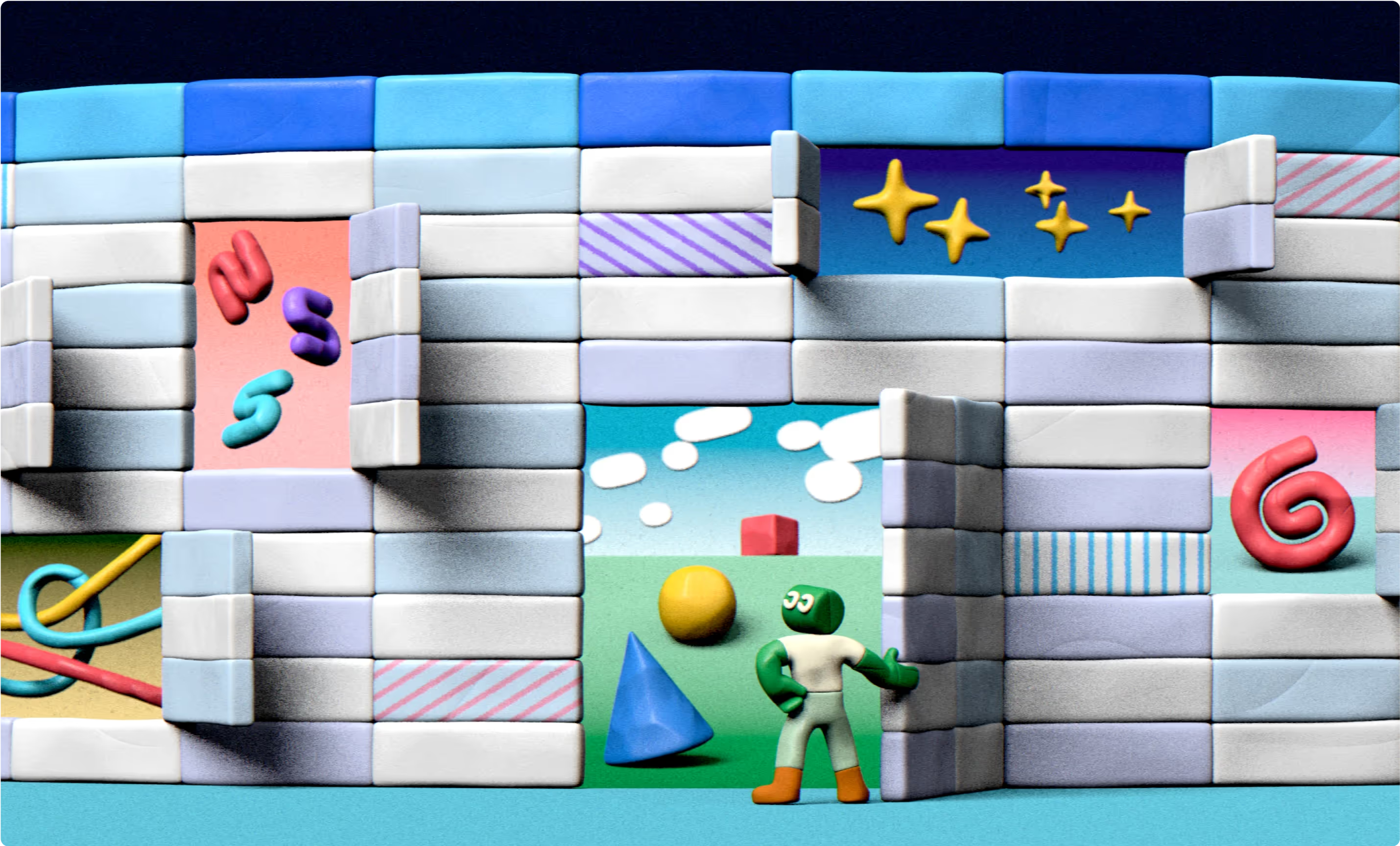Unlocking the Power of HTTP API in Clay: A Gateway to Endless Possibilities
The HTTP API integration in Clay is one of its most powerful and flexible features, allowing users to connect to virtually any tool on the internet that has an API. While slightly more advanced, HTTP API enables custom automation, data enrichment, and dynamic interactions between Clay and external services.
In this lesson, we’ll break down:
- What HTTP API is and how it works.
- How to configure API calls in Clay.
- A real-world example: Generating custom memes dynamically.
Understanding HTTP API in Clay
APIs allow different software tools to communicate programmatically, and Clay’s HTTP API feature makes it easy to connect to third-party services, automate workflows, and retrieve or send data seamlessly. Think of APIs like bridges that enable software tools to interact with each other, allowing Clay to pull data from external sources or push data into other platforms.
When working with APIs, you’ll primarily encounter two types of requests: GET and POST. GET requests retrieve information from an API, such as pulling a list of memes from a meme generator service. POST requests, on the other hand, send data to an API, like submitting text to create a meme. While PATCH, PUT, and DELETE methods exist for modifying or removing data, these are less commonly used in Clay’s workflows.
While HTTP API falls slightly outside the realm of no-code solutions, we consider it more of a low-code feature. It's a powerful tool that bridges the gap between user-friendly interfaces and more complex integrations.
Getting Started With HTTP API In Clay
To simplify API integrations, Clay provides several tools to make setup easier.
First, pre-built templates allow you to quickly configure API connections with common third-party services. If you don’t see a template for the tool you need, you can request one, and the Clay team may be able to add it.
Second, Clay lets you save your own API configurations as reusable templates. This means once you’ve set up an API connection, you can apply it across multiple tables and workflows without having to start from scratch.
Lastly, AI-assisted API configuration helps automate setup. Simply enter an API endpoint, and Clay’s AI will generate an initial request structure for you, reducing the complexity of working with APIs, especially for those without prior technical experience.
How to Use HTTP API in Clay
Let's walk through a practical example of using HTTP API in Clay to create custom memes on demand for personalized outreach. For this demonstration, we'll be using the ImageFlip API, a popular meme-making service that offers a straightforward API without requiring authentication for its free features.
Our process involves two main HTTP API calls to the ImageFlip API:
- Fetching the list of available meme templates
- Creating a custom meme using our chosen template and text
Step 1: Fetching Meme Templates with HTTP API
For this lesson, we'll use ImgFlip, a meme-making API that allows programmatic image generation (see: ImageFlip documentation to follow along).
First, identify the API endpoints:
- GET /get_memes retrieves available meme templates
- POST /caption_image creates custom memes with specified text
To fetch available meme templates, open HTTP API Integration in Clay and set up a GET request to the get_memes endpoint. Running this request will fetch a list of 100 free meme templates. Last, we’ll write-to-Table to yet all the structured meme data into their own columns:
- Meme Name
- Meme ID
- Text Box Count (e.g., some memes need 2+ text inputs)
Step 2: Creating Custom Memes with HTTP API
With our meme templates fetched, now it’s time to bring it all together and programmatically generate custom memes using HTTP API.
Here’s how it works:
- We implement a system to randomly select a meme template based on the company name of our target. This adds an element of personalization and fun to our outreach.
- We use AI to generate appropriate text for the meme, dynamically adjusting the number of text snippets based on the requirements of the chosen meme template.
- Finally, we make conditional HTTP API calls to create the meme, adjusting our request based on the number of text boxes required by the chosen template.
This process showcases the power and flexibility of Clay's HTTP API feature, allowing us to create highly personalized and engaging content for our outreach campaigns.
Embracing the Potential of HTTP API
While our meme generation example is a fun demonstration, it only scratches the surface of what's possible with HTTP API in Clay. This feature opens up a world of possibilities for integrating external services, enriching your data, and automating complex workflows.
Remember, if you ever feel overwhelmed when trying to connect to a more complex API, don't hesitate to reach out to our support team via Slack. By mastering HTTP API, you're not just learning a new feature in Clay; you're taking a significant step in your GTM operations journey.
Connect, explore and learn together
Read our GTM blog, or try out our top Claybooks and templates to transform your growth ideas into outreach in minutes.

















